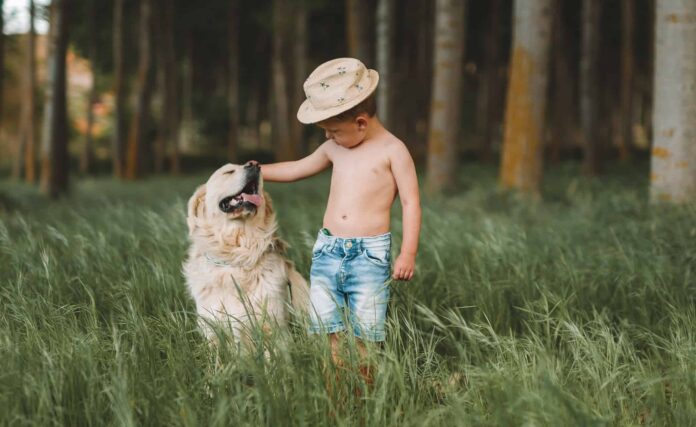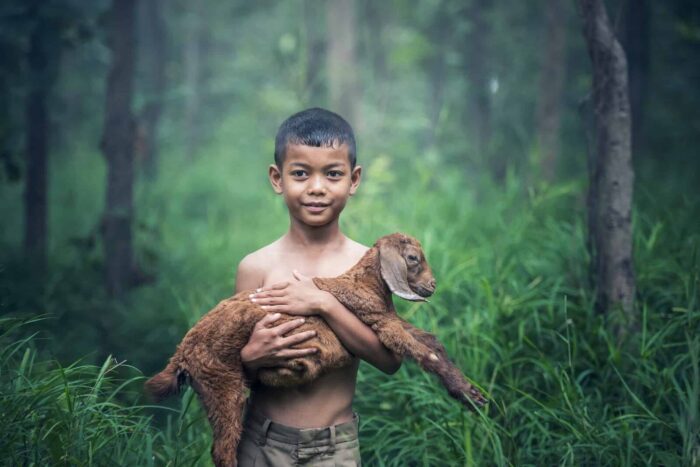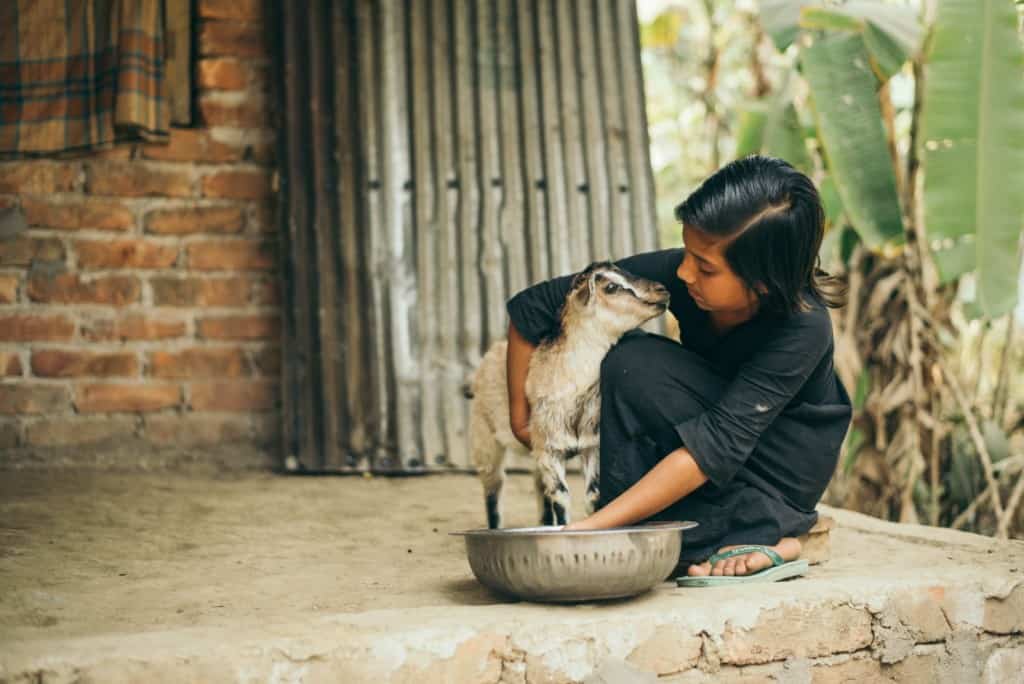
There’s something special about sparking a love of animals in your children. From exploring the natural wonders of the outdoors to learning valuable lessons about respect and responsibility, teaching our kids how to care for animals is an important part of their development. As parents, it can be difficult to know where to start when introducing children to this joy-filled endeavor.
In this blog post, we’ll cover all aspects that need attention from preparing and educating your children on animal safety before going out exploring, discussing the various types of animals they might encounter while out in nature or at home with pets, as well as providing ideas for basic supplies you may want them to have handy so they can learn how to interact safely with wildlife around them. With these easy steps and tips in mind, instilling a passion for animals is sure to be enjoyable (and even educational) for everyone involved!
Exposing Children to Animals Early On
Exposing children to animals early on is a crucial step in instilling a love and appreciation for them. From the earliest stages of development, children are naturally curious about the world around them, and animals captivate their attention. Whether it’s introducing them to the family pet or taking them to a local farm or zoo, these experiences create lasting impressions.
By allowing children to interact with animals, they develop a sense of connection and empathy. Feeding a gentle rabbit, petting a fluffy kitten, or observing a majestic bird in flight can elicit a sense of wonder and curiosity. These encounters provide opportunities to teach children about kindness, respect, and the importance of gentle handling. They learn that animals have feelings, needs, and deserve our care and attention.
Prepare Your Child for Animal Safety

Before venturing out into the world of animals, it’s crucial to prepare your child in advance. Discuss the importance of not approaching unfamiliar animals without permission and how to handle a situation safely if they do encounter one. Teach them how to approach animals – avoid eye contact with animals that are scared or agitated, stand still to avoid alarming an animal, and speak gently. Also, make sure to teach children to wash their hands and practice good hygiene to prevent germs from spreading from animals to humans.
Types of Animals to Introduce Your Child To
Introducing children to a wide variety of animals is a great way to pique their interest. Teach your children about the different types of animals that exist – from pets like cats, dogs, and guinea pigs, to livestock such as goats, cows, and chickens, to observing wildlife in their natural habitat such as squirrels, birds, and deer. Visit local aquariums and zoos to expand their exposure to animals. As you introduce each animal, help them learn about their behavior, body language, and the unique characteristics of each species.
Basic Supplies and Tools to Help Your Child Interact Safely With Animals
By familiarizing your child with a few basic tools for interacting with animals, you can help them stay safe and enjoy their connection with animals even more. Some essential items include basic pet care supplies such as water and food dishes, a brush or grooming tool, toys for pets, and some simple items for caring for injured wildlife, such as a carrier or gloves. A good book or online resource about animal care can also be helpful in teaching children how to care for their pets, or even care for animals they encounter in the wild.
Learning About Different Animal Species and Habitats

Learning about different animal species and habitats is an essential way to instill a love of animals in children. By exploring the rich diversity of animals that inhabit our planet, children gain a deeper understanding and appreciation for the natural world.
One way to engage children in this exploration is through books, documentaries, and educational resources that introduce them to various animal species and their habitats. Encourage them to read books about different animals, such as mammals, reptiles, birds, and marine life. Watch documentaries together that showcase the incredible behaviors and adaptations of animals in their natural environments. These experiences not only enhance their knowledge but also spark their curiosity and desire to learn more.
Encourage Your Child to Volunteer With Animals
Volunteering with animals is an excellent way to reinforce the importance of animal welfare to your child and deepen their connection to animals. Encourage your child to volunteer at a local animal shelter, wildlife rehabilitation center, or even a local farm where they can learn about animal care and assist in feeding and caring for the animals. This experience will help your child develop a deeper understanding and appreciation for the importance of animal welfare and teach them vital lessons about compassion and empathy.
Teach Your Child the Importance of Respect and Responsibility
One of the most important life lessons children can learn from animals is the value of responsibility and respect. Caring for a pet requires time, attention, and dedication, and can help teach your child the importance of responsibility and commitment. Additionally, teaching them to respect animals, their habitats, and the environment is also vital and will help them develop a lifelong love for nature and the animals they encounter.

Final Words
Instilling a love of animals in your child can be a remarkable bonding experience, as well as an excellent source of learning and growth. By teaching children how to interact safely with animals, introducing them to different types of animals, providing basic tools for animal care, encouraging them to volunteer with animals, and instilling values of respect and responsibility, you can help ensure that they develop a deep and lifelong love for animals. So go forth with your child, explore the wonders of nature and animal life, and cultivate a profound love for these incredible creatures that we share our lives with!
















